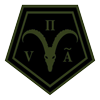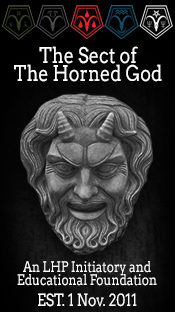The Unfinished Pyramid
By Luci Dawn
I think when you begin to think of yourself as having achieved something, then there’s nothing left for you to work towards. I want to believe that there is a mountain so high that I will spend my entire life striving to reach the top of it.– Cicely Tyson
Humankind seems to have an innate need to record its knowledge. Whenever we feel that we have discovered something important, something transcendent, we build frameworks, structures, and hierarchies in order to organize what we have learned or discovered. The desire to then pass that on, to share it with others, is nigh irresistible. In a way, passing on our accumulated knowledge is a way of achieving immortality. We can live on after death in the words and structures we leave behind and in the people who continue our work.
In order to organize our knowledge it is often necessary to construct a sort of hierarchy, and the most common is the pyramid. Our language is littered with references to this method; “Build a strong foundation,” “Climb the pyramid,” “Reach the top.” This is not without reason; like a pyramid we must first build a strong, wide base of knowledge, and then build upon that knowledge, getting narrower until we have reached the pinnacle of expertise in a subject. As other people join the structure they will naturally find themselves at different levels of the pyramid corresponding to their levels of knowledge.
Whenever a new structure is being built or a new hierarchy is established, the creator of this structure predictably places him or herself at the top. And why not? They are in the best position to do so, being as they are the creator and therefore most knowledgeable in the topic. Or are they? Perhaps, but what message does that send, being at the top of the pyramid? Being at the pinnacle of something implies that there is no higher attainable position, that there is nothing further to discover or learn about the subject. How often is it the case that there is nothing left to learn about something? How often are we really at the pinnacle?
As Satanists we are constantly carving new paths, constantly crafting new structures. Our philosophy is individualistic, our hierarchies for ourselves. As Satanists we are also prone to having sizable egos. When building our pyramids, perhaps we should caution ourselves against the all too common proclivity of placing oneself at the top of the pyramid. Pride is an excellent thing to have, but sometimes we should resolve its opposite – humility – and leave that pyramid unfinished. Thomas LeRoy of The Sect of the Horned God has said on multiple occasions1 that some Satanists stand at the entrance to the Path, beating their chests, proclaiming their self-deification, when what they should be doing is traveling down the Path and breaking new ground.
The Great Seal of the United States contains the Unfinished Pyramid and All-Seeing Eye. The Unfinished Pyramid symbolizes that even though we build a great nation it can always be better, and it is those who come after us who will continue to build. The All-Seeing Eye symbolizes the guidance of a higher level of awareness, usually a deity. When we build our own pyramids and discover our Path, we should be reminded that there is always more to discover, always further to travel down the Path. Let our Third Eye guide us as we continuously build the pyramid, instead of retreating into dogmatism as we beat our chests at the pinnacle of a molehill.





